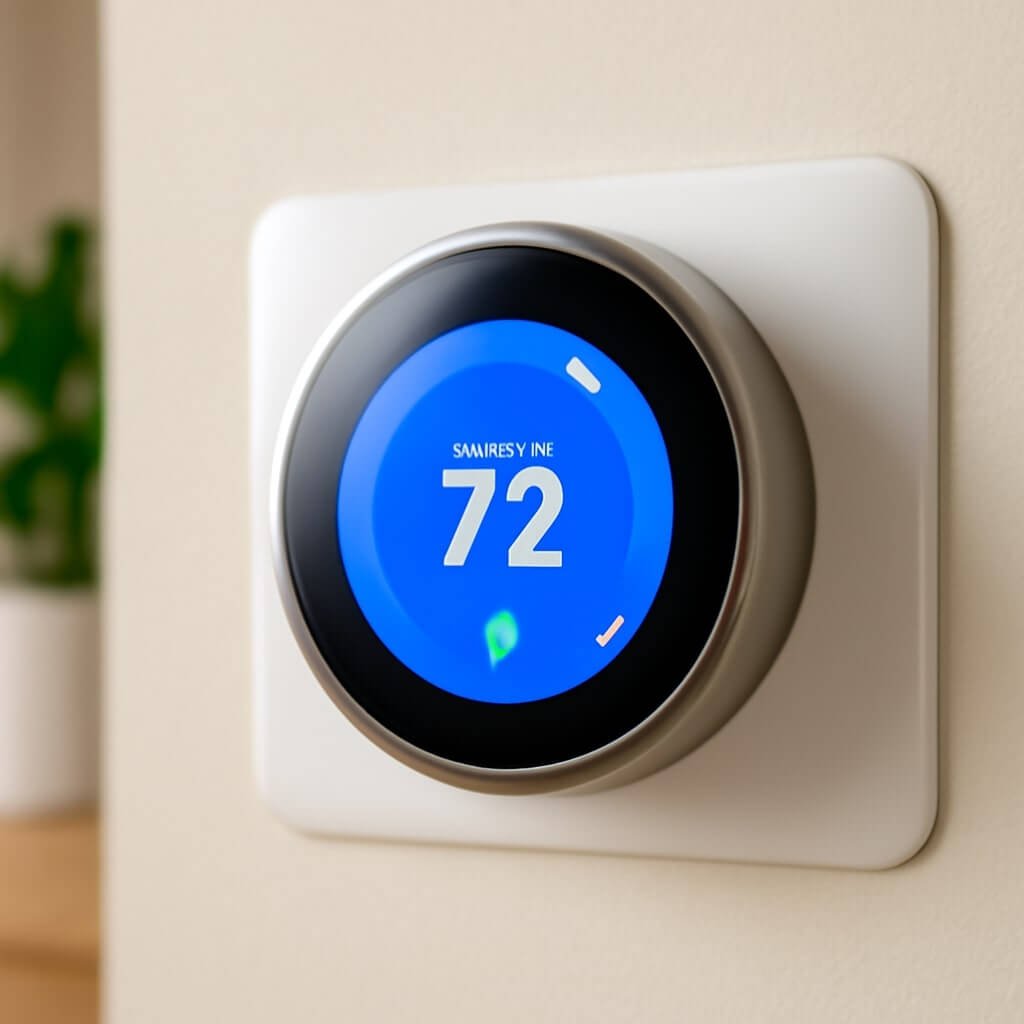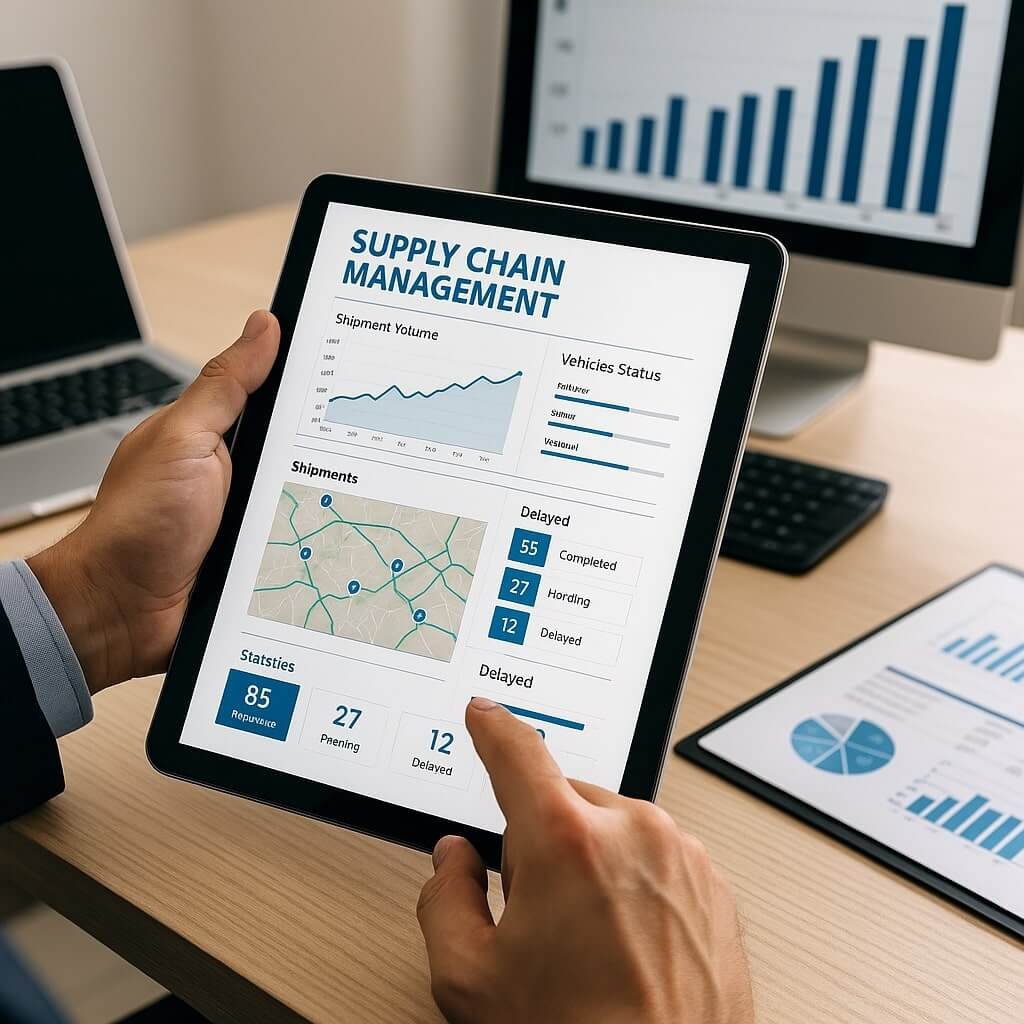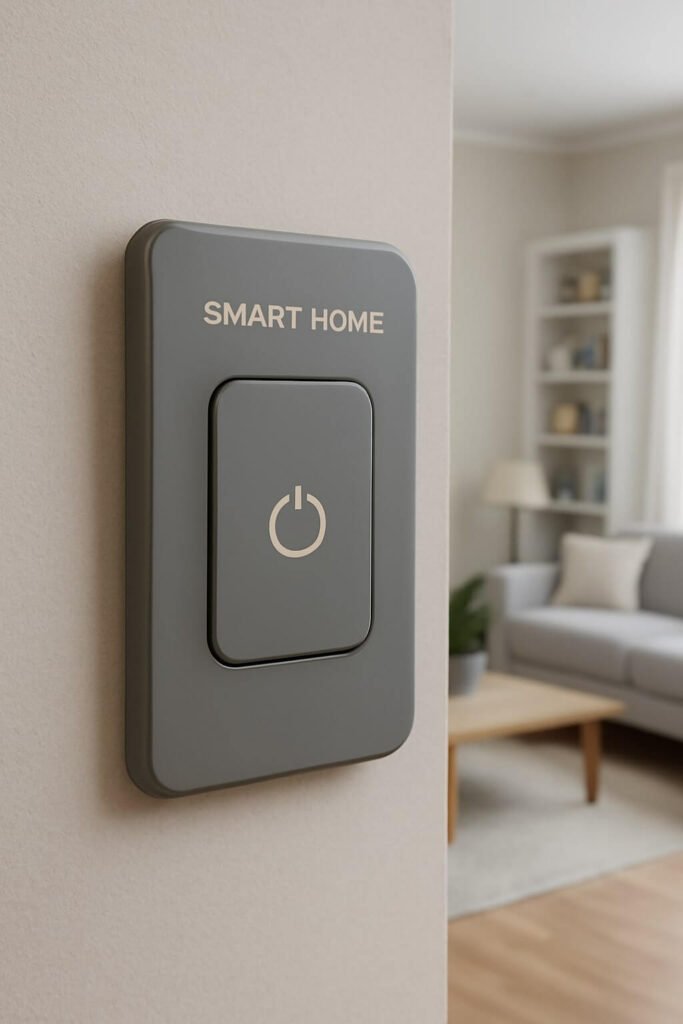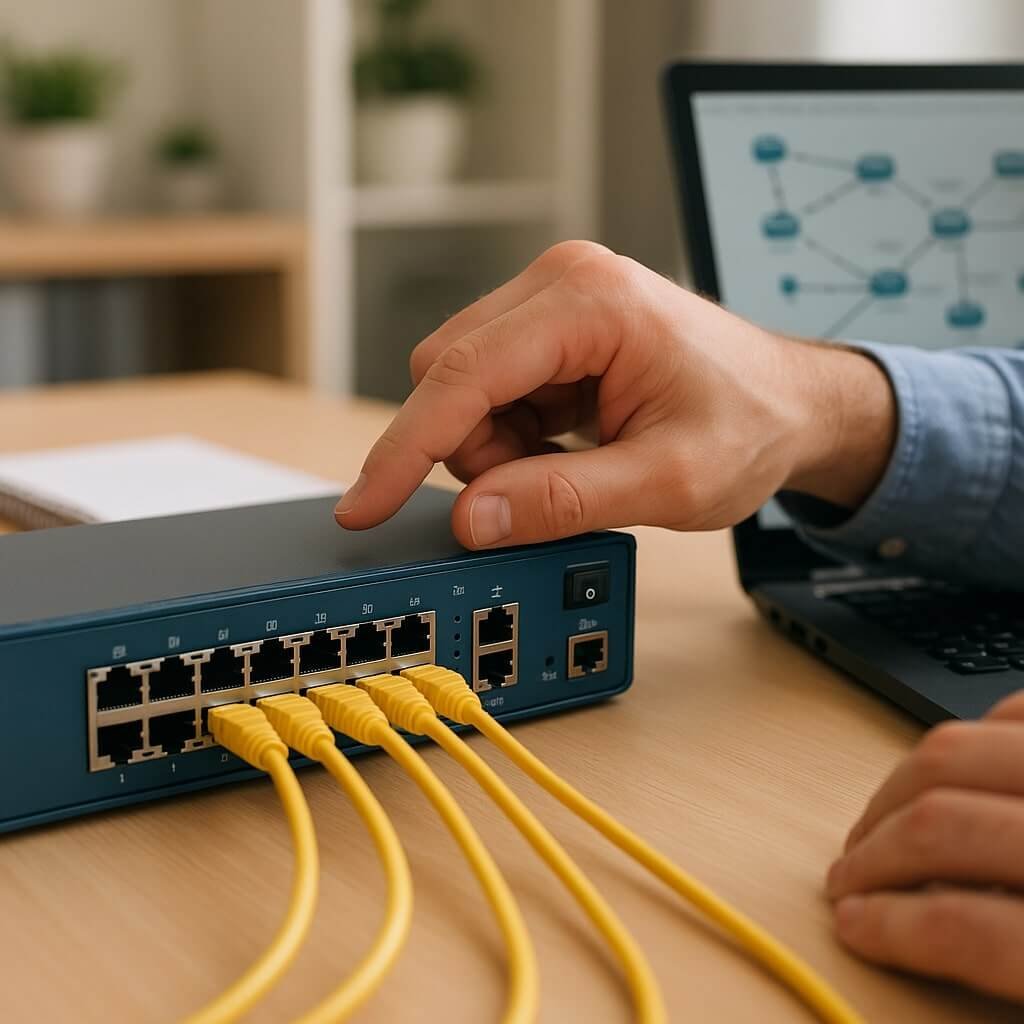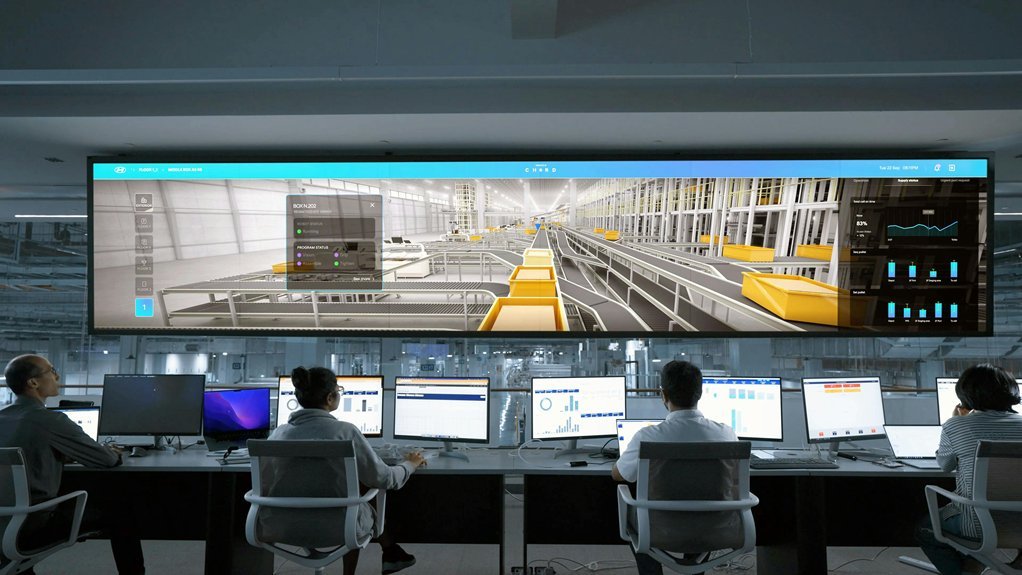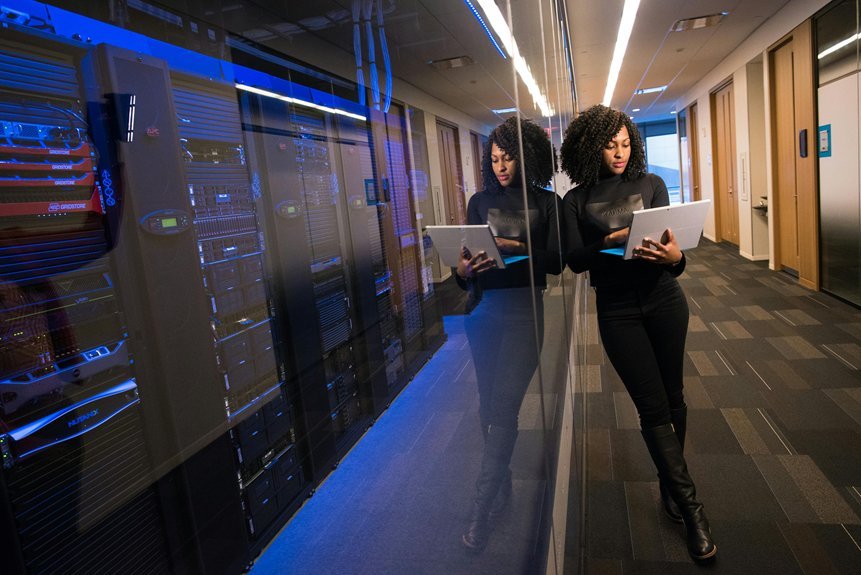In today’s eco-conscious world, smart home energy monitoring has emerged as a game-changer for homeowners eager to reduce their carbon footprint and utility bills. These systems offer a window into how much energy your household consumes, which appliances use the most power, and where you can make adjustments to save money and conserve resources.
Smart home energy monitoring lets you track energy in real time, offering insights that traditional meters can’t. With growing awareness about sustainability and rising energy costs, this technology has become not only a convenience but a necessity for efficient living.
How Does Smart Home Energy Monitoring Work?
Types of Energy Monitoring Devices
Smart energy monitoring devices come in many forms. Commonly, they include:
- Smart Meters: Installed by utility companies, they provide detailed consumption data.
- Smart Plugs: Plug into outlets to monitor individual appliance usage.
- Whole-Home Energy Monitors: Connected to your electrical panel to track overall usage.
Each device serves a different purpose, from granular appliance-level data to broad household energy consumption.
Connectivity and Data Collection
Most smart monitors use IoT (Internet of Things) technology, leveraging Wi-Fi or Zigbee to transmit data to cloud platforms. This setup enables homeowners to access energy stats anytime via mobile apps or web dashboards.
Top 15 Smart Home Energy Monitoring Tips
1. Choose the Right Energy Monitoring System
Before diving in, assess your home’s needs. Consider your budget, the complexity of your electrical system, and whether you want appliance-level monitoring or a whole-home overview.
2. Monitor Real-Time Energy Usage
Real-time data empowers quick decision-making. Many apps provide instant feedback, so you can immediately turn off an energy hogging device.
3. Set Energy Usage Alerts
Custom alerts notify you when consumption exceeds your preset limits. This proactive approach helps avoid waste and unexpected high bills.
4. Analyse Energy Consumption Patterns
Regularly review your data to identify trends. Maybe your heating runs inefficiently during cold mornings, or certain appliances consume power even when off.
5. Integrate with Smart Thermostats
6. Use Smart Plugs to Control Appliances
Smart thermostats automatically adjust heating and cooling based on your schedule and energy prices, dramatically cutting costs.
Smart plugs can schedule and remotely control devices, preventing them from running unnecessarily.
7. Schedule Appliances for Off-Peak Usage
Running dishwashers or laundry machines during off-peak hours can save money if your utility has time-of-use pricing.
8. Regularly Update Your System
Firmware updates often bring new features and security patches—don’t neglect them.
9. Combine Solar Panels with Energy Monitoring
If you have solar panels, energy monitoring helps maximize the use of clean energy and track export to the grid.
10. Employ AI and Machine Learning for Efficiency
Some systems learn your habits and optimise usage automatically, suggesting when to reduce consumption.
11. Involve Household Members
Share data and goals with your family or roommates to foster a culture of energy-saving.
12. Leverage Mobile Apps for Remote Monitoring
Remote access means you can check or control your energy use from anywhere.
13. Conduct Periodic Energy Audits
Use professional or DIY audits to verify your system’s accuracy and identify new savings opportunities.
14. Secure Your Data and Network
Protect your smart home from cyber threats by using strong passwords and secure Wi-Fi.
15. Plan for Future Upgrades
Technology evolves quickly—choose scalable systems that can grow with your needs.
Frequently Asked Questions (FAQs)
How much can I save with smart home energy monitoring?
Savings vary, but users typically see a 10-30% reduction in energy bills after consistent monitoring and behavioural changes.
Are smart energy monitors compatible with all homes?
Most are compatible with standard electrical systems, but it’s wise to check specifications or consult an electrician.
Is my energy consumption data private?
Reputable providers use encryption and privacy policies to protect your data, but always review terms before purchasing.
Can smart energy monitors help with renewable energy?
Yes, they can optimise solar panel usage and battery storage management.
Do I need technical skills to install these devices?
Many devices are DIY-friendly, but whole-home monitors often require professional installation.
What happens if my Wi-Fi goes down?
Most devices store data locally until the connection is restored, ensuring no data loss.
Conclusion
Smart home energy monitoring is a vital tool in the quest for sustainable, cost-effective living. By implementing these 15 essential tips, you can maximise your system’s benefits, reduce energy waste, and contribute to a greener planet. Staying informed, involved, and proactive in managing your home’s energy will pay off for years to come.

